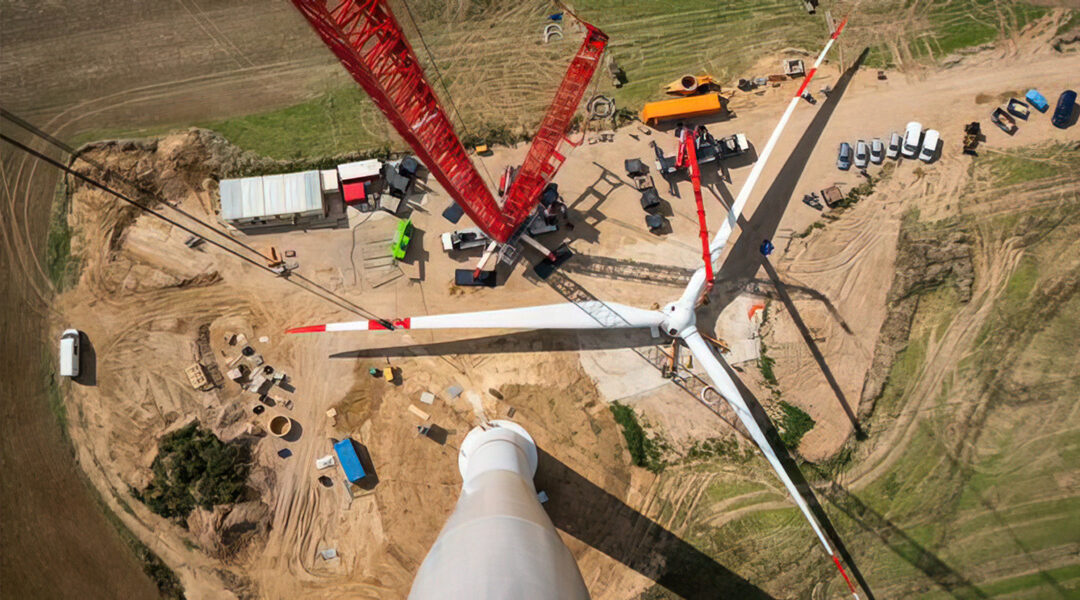In Europe, a growing number of wind turbines are reaching the end of their operational lifespan. Although repowering wind farms (replacing old turbines with more modern models) has proven highly efficient, its adoption remains insufficient. This technique can triple energy production on the same site while reducing the number of turbines by 25%.
Advantages of Repowering
- More energy, fewer turbines: Modern turbines feature longer blades, improved aerodynamics, and advanced control systems, enabling stable energy generation even in low wind conditions.
- Efficient use of resources: Older wind farms are located in the best wind sites but operate with outdated technology. Upgrading them eliminates the need for new grid connections and retains the support of local communities.
Barriers and Challenges
- Strict regulations: Countries like France face limitations due to height restrictions on turbines.
- Grid connections: In Spain, challenges in obtaining grid connections discourage repowering, keeping less efficient turbines in operation.
- Slow procedures: Across Europe, overly lengthy and complex permitting processes hinder the progress of repowering projects.
The Recycling Challenge
The EoLIS 2024 seminar highlighted the importance of addressing wind turbine waste, particularly blades, which represent 11% of their total volume and are difficult to recycle. While current waste volumes are low, they are expected to exceed 100,000 tons annually by 2040.
Innovative projects are already repurposing blades into furniture, boats, and playgrounds, but greater collaboration is needed to develop economically viable recycling solutions.
Repowering and recycling are crucial to maximizing Europe’s wind energy potential. Achieving this requires coordinated efforts among governments, businesses, and communities to overcome regulatory barriers, improve permitting processes, and advance fully recyclable technologies.
With these measures, Europe could not only fully capitalize on its wind capacity but also lead the transition to a more sustainable energy future.
